Music speaks
You are my sunshine, my only sunshine
You make me happy, when skies are gray
You’ll never know dear, how much I love you
Please don’t take my sunshine away.
She calls it her hello song, often for older adults who are in memory care, hospice, or who have disabilities. It helps get them focused on the session ahead. Laura Fehr is a music therapist. She travels to schools, nursing homes, hospitals, hospice houses, and a variety of other places, to lead people – from the youngest ones to the oldest – in therapy.
Music therapy, she said, is using music to work on non-musical goals in communication, cognitive, motor, and social/emotional areas. While some recorded music can be used in a session, most of it is live – created with voices, guitar, piano, and her bags full of fun instruments that she carries along wherever she goes. 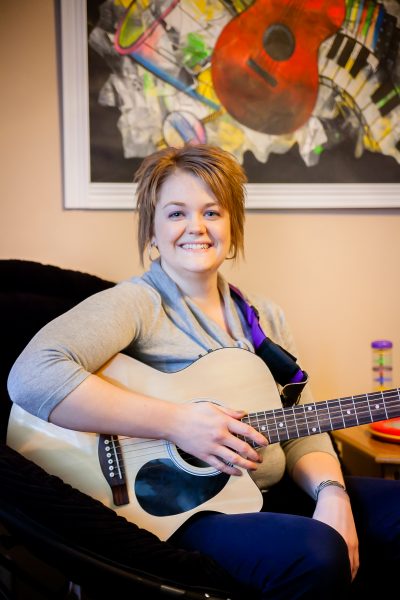
“Live music is processed everywhere in the brain,” she said, adding that it releases all sorts of good chemicals in the brain, such as oxytocin, dopamine, and serotonin.
What are some examples of music therapy? According to the American Music Therapy Association:
■ Work with an individual to regain speech after surviving a brain injury.
■ Work with older adults to lessen the effects of dementia.
■ Work with children and adults to reduce asthma episodes.
■ Work with hospitalized patients to reduce pain.
■ Work with children who have autism to improve communication capabilities.
■ Work with premature infants to improve sleep patterns and increase weight gain.
■ Work with people who have Parkinson’s disease to improve motor function.
The organization also stresses that while time with music can be a wonderful experience, it is not necessarily clinical music therapy.
A typical session with Laura begins with a hello song, such as You are My Sunshine. She begins to notice and assess how her client or clients are doing with this introduction, an important step in guiding the remaining portion of the session.
Then, the mission is to work on some goals. For a child learning numbers, it may be recognizing 70 percent of numbers 1-15 by singing physically active songs about those numbers. For a kiddo with developmental delays, it might be to work on fine motor skills by singing songs like Itsy Bitsy Spider. For a woman in hospice, it may be reducing her pain level by redirecting her focus from the pain to the music. For a man in a memory care unit, it could be to draw him out of silence into tapping his fingers or batting a beach ball around the room with his fellow residents. For someone with anxiety, it could be to provide structure with singing songs that have well-known beginnings and endings.
Her instruments are a vivid variety of items, found in music stores and online. She has lots, but some favorites include a wooden frog that makes a stunningly realistic ribbit sound when rubbed with a stick, a bag of egg shakers, beach balls, and things called boomwhackers – tubes tuned to specific notes that are hit against an object to make that particular tone.
“I’ve been having a lot of success with the beach balls lately,” she said with a smile.
Laura grew up in southwestern North Dakota, where she first started singing in her church choir at about 4 or 5 years old. Piano lessons followed, through high school and into college. She learned guitar, too. Her first couple of years in college were spent either in music education or performance majors. Then she took a music therapy class and knew that’s what was for her.
Upon graduation from the University of North Dakota, she made her way to Iowa because of an internship with West Music in Cedar Rapids, then to the Quad Cities for a short time to fill in for a therapist on maternity leave. She is a certified music therapist, and now works for Music Speaks, a practice with therapists throughout the Midwest.
The name comes from the idea that when words fail, music speaks.
Some of Laura’s most cherished memories are of rewriting words to familiar songs with clients who are in hospice. Often, she uses You are my Sunshine.
One client wrote verses about her husband and children (and their funny idiosyncrasies), and then about Laura herself (and how she really needed to wear gloves on her always-cold hands in the winter). Laura then records the songs and gives a CD to the client and his or her family.
“It’s a wonderful way to express emotions that might not happen any other way,” she said.

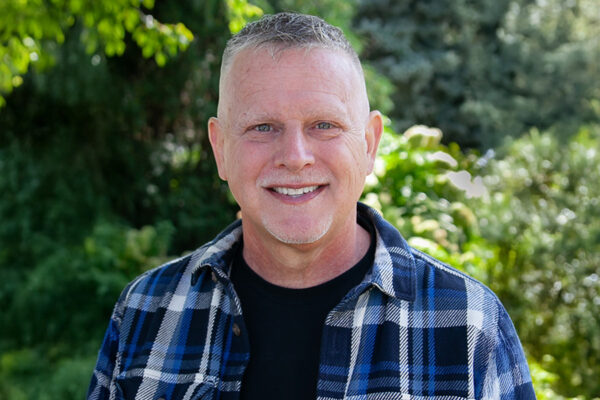
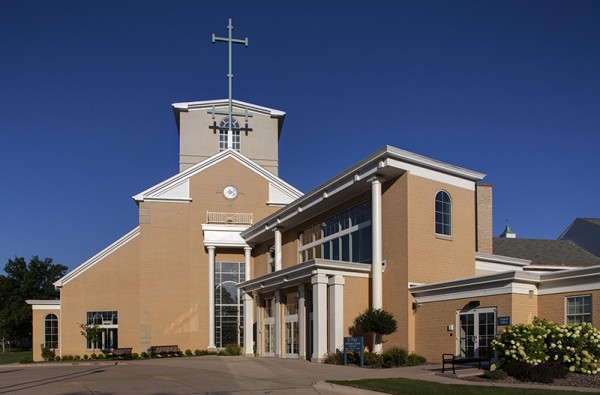
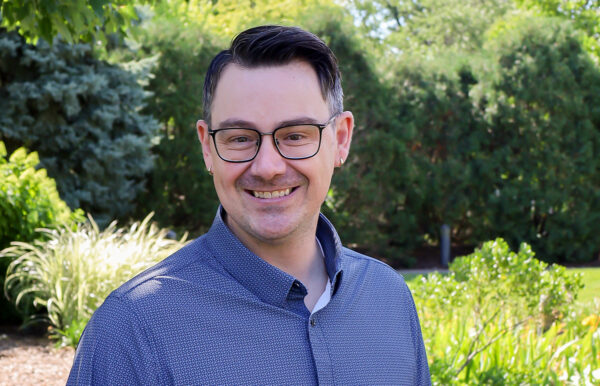
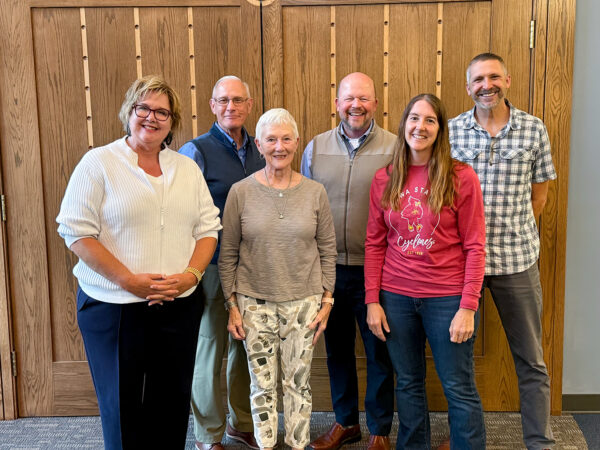
Kris Fehr
Thank you for the very nice article about music therapy and my daughter, Laura. I enjoyed visiting St. Paul Lutheran last summer and I hope to attend again. Thank you for your good work in the community.